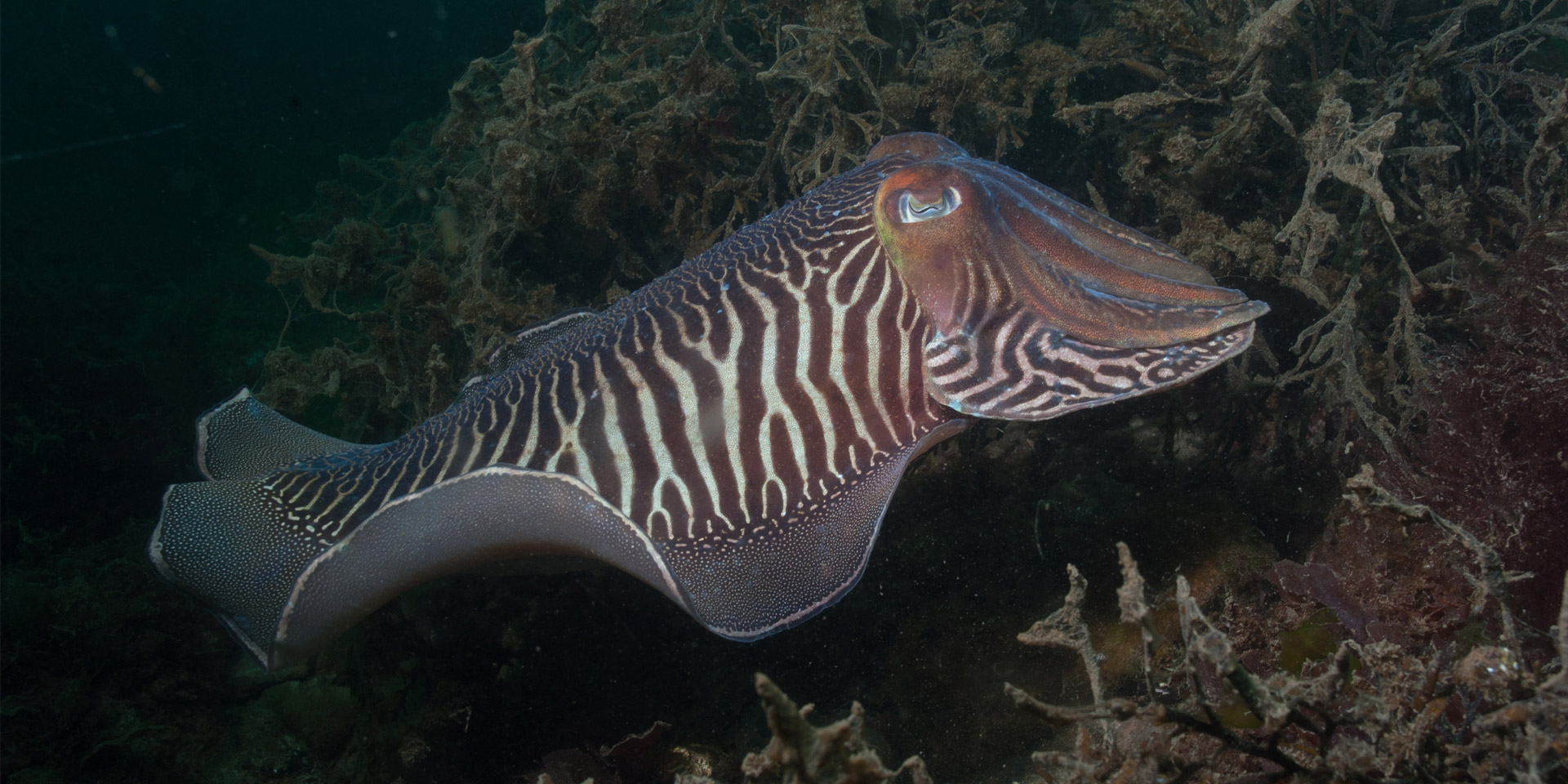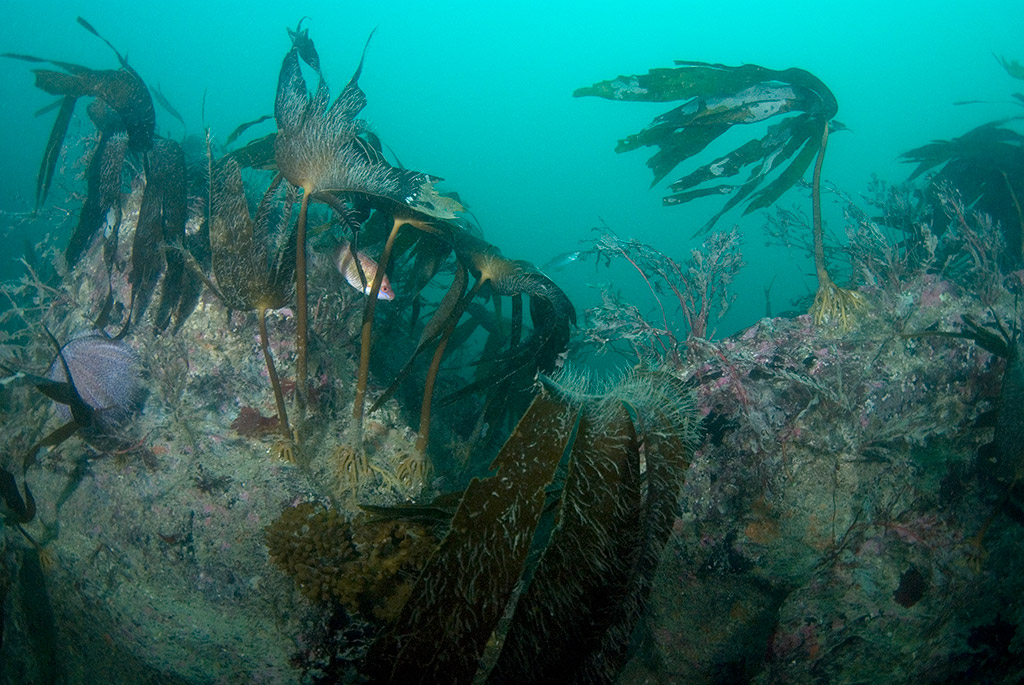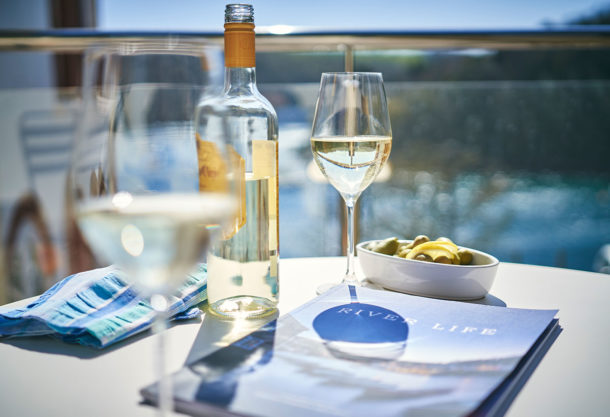
Ecology & Conservation
Discovering a riverside world full of life
From hidden oysters and razor shells, to the flight of an osprey, inside the river and estuary of the Yealm there’s a generous score of wildlife and sealife to discover when you look hard enough.
Whether you live in the scenic villages of Newton Ferrers and Noss Mayo, or are just visiting, it’s not hard to see why, together with the River Yealm and its surrounding countryside, they’re just a small part of South Devon’s Area of Outstanding Natural Beauty.
Covering 60 miles of coastline, the AONB stretches from Jennycliff Bay in Plymouth, up to Berry Head in Brixham, and extends across some 130 sq. miles of inland countryside, rivers, and estuaries.
But it’s the many protected species that have made a home in and around its deep, sheltered waters that have led the River Yealm and estuary to becoming a Site of Special Scientific Interest (SSSI). The waters are also an important area for ongoing conservation in order to protect the local environment and surrounding coastline.
Once popular for burgeoning stocks of Salmon, Sea Trout and Brown Trout, numbers for these in the river have reduced over the years, but nowadays, it’s well known for its Bass hatchery. But foraging in the estuary mudflats around Newton Creek, you’ll also see an array of birdlife taking advantage of its rich feeding ground. Herons, curlews, wigeons and dippers all make regular appearances, while kingfishers, egrets and even ospreys bring the river banks alive.
But it’s the conditions just down river in the mouth of the estuary where, with just the right blend of freshwater, incoming seawater and favourable temperatures, conditions provide the best possible natural habitat for thriving oyster beds. With oysters being farmed in the Yealm estuary for centuries, this ideal environment still produces a tasty catch for pubs and restaurants today.
Also sharing the warm waters of the estuary are a rich abundance of seagrass meadows. These diverse ecosystems are home to mason worms, lugworms and razor shells and are particularly important to local sea life, providing fertile feeding and breeding grounds for numerous fish. Of course, seagrass also provides the perfect shelter, with fish, crabs and shellfish all using it as a sanctuary from predators.
If you’re spending the day around the harbour at the right time of year, it’s an excellent place to search for cockles, oysters and crabs along the shore at low tide. And as you head out to sea just beyond the estuary, you might be lucky enough to catch a glimpse of a visiting dolphin pod, slicing through the water alongside you!
Get involved
Keeping accurate records of all this wildlife is also hugely important to its conservation. To help with this, the Marine Biological Association holds an annual, 24-hour BioBlitz. It’s a great chance for local schools, groups, and enthusiasts to take part in activities to help identify and record the wide range of species in different habitats. The 2019 BioBlitz takes place on the Yealm and further details will be announced on the website.
14 Luxury Apartments
The Yealm Development consists of 14 luxury apartments, comprising the restored former hotel, two woodland area buildings and one beautiful contemporary house. See the entire development by clicking below.
Computer generated image

If you would like to discuss any aspect of The Yealm, please contact Claire Northmore or Jane Summers at Marchand Petit’s Newton Ferrers office on:



